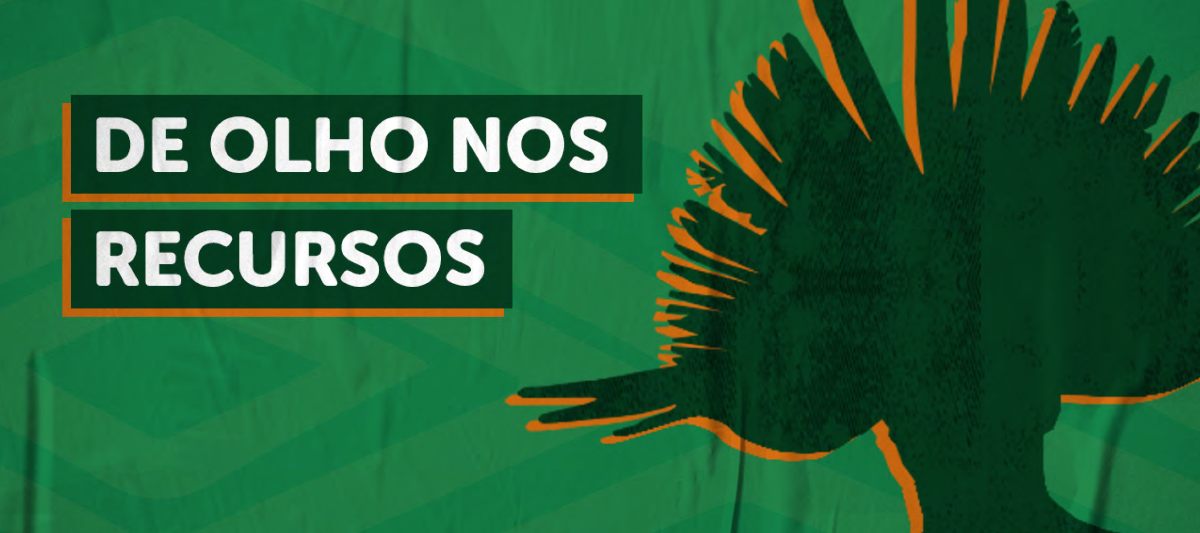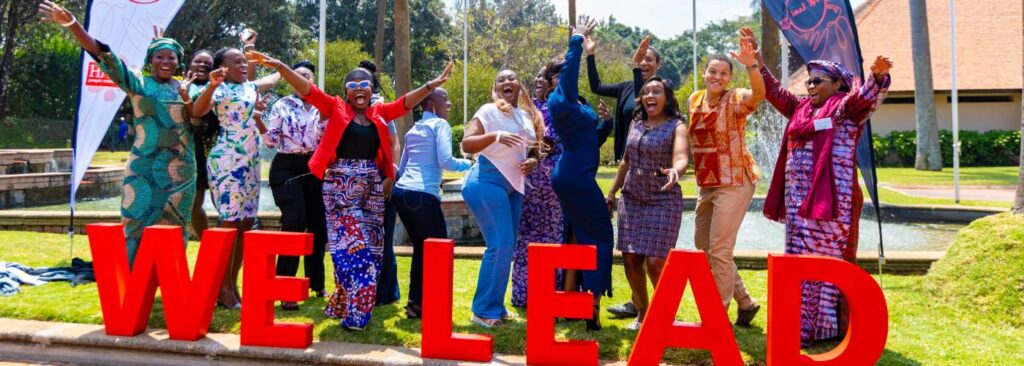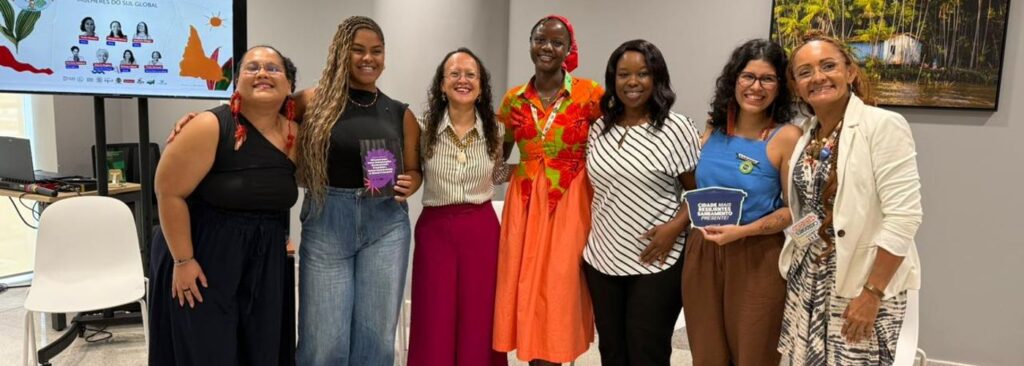Prior to the start of COVID-19 pandemic in Brazil, the Brazilian government had budgeted for R$ 1,43 billion (€ 225,115 million) for ordinary expenditures to be allocated by the Special Secretariat for Indigenous Health (SESAI), within the structure of the Ministry of Health, and R$ 495,6 million (€ 74,463 million) for the National Indigenous Foundation (Funai), whose institutional role is to protect and promote the rights of Indigenous peoples (IPs) in Brazil. These resources serve 572.083 Indigenous peoples throughout the country who live in rural areas (from a total of 896.917 Brazilian IPs).
After the first cases of COVID-19 were diagnosed in the country, in February, Congress approved extraordinary resources towards emergency policies. Among them, in April, an extra R$ 18,34 million (€ 2,75 million) was approved for Funai. The largest amount for policies towards the assistance of Indigenous peoples was released to the Ministry of Family, Women and Human Rights (MMFDH), a total of R$ 45 million (€ 6,76 million), to a Ministry which does not have the institutional role to carry out policies for Indigenous peoples, whereas SESAI had to keep up with the complex assistance with zero extraordinary resources.
In this context, Hivos in Brazil, through the All Eyes on the Amazon program, published the Keep an Eye on Resources: Results of Monitoring the Application of Extraordinary Public Resources to face the COVID-19 pandemic for Indigenous Peoples in the Brazilian Amazon
CHECK THE REPORT (IN PORTUGUESE) HERE: http://bit.ly/DeOlhosnosRecursos
The report presents a five month analysis’ results (between April and August 2020) of the extraordinary public budget execution to fight COVID-19 pandemic for Indigenous peoples in Brazil, executed by the MMFDH, and by the Ministry of Justice and Public Security (MJSP), carried out through Funai. The document also includes the profile of expenditures from ordinary budgetary resources made by the 25 Special Indigenous Sanitary Districts (DSEIs) of the Amazon region in that period.
In this sense, the budgetary monitoring of public expenditures points out to the following highlights:
- There was a disparity in the distribution of public resources across the nine states that comprise the Brazilian Amazon Basin: Roraima, the state that houses the second largest Indigenous population in the country, was the state that least received extraordinary resources from MMFDH and Funai: only R$ 632,842 (€ 95,021), which represents 2,13% of the total amount forwarded to the Amazon region.
- Although by the end of this analysis both the MMFDH and Funai had almost complied with the delivery of the planned food baskets to Indigenous communities from the Amazon, the report points out to a great delay in this supply: the complete delivery of food baskets was planned for June, but the conclusion was only registered by the end of August.
- Funai has acquired 13 trucks from the extraordinary budget for its Regional Coordinations in the Amazon: although there was a provision for the acquisition of trucks for the supply logistics, the trucks were not delivered to the Coordinations by the end of August. Moreover, the acquisition of trucks represented 11,22% of the total expenditure of Funai in that period – thus, a relatively high allocation of resources that was not delivered for public use during the most critical period of the pandemic.
In addition, the goal of this monitoring was also to evaluate the quality of transparency regarding the data available for civil society control and monitoring of public expenditures. In that sense, the report brings suggestions to improve the availability of data, considering that currently it is necessary to analyse thousands of documents to verify expenditure details of a specific Regional Coordination of Funai, for instance (there are 25 Regional Coordinations of Funai in the Brazilian Amazon).

Finally, the report concludes that although the extraordinary resources applied by MMFDH and Funai were, in general, indeed employed to support Indigenous peoples from the Amazon, there was a considerable delay in providing needed supplies.
Besides, it is important to highlight that those resources addressed only Indigenous peoples living in rural areas – therefore not considering 324,834 IPs living in urban areas – for whom no specific public assistance was promoted (besides the general social benefit provided to the wide low income population of Brazil during the pandemic).
Download the report here: https://latin-america.hivos.org/document/report-keep-an-eye-on-resources/
For questions and / or suggestions please contact us: brazil-office@hivos.org




